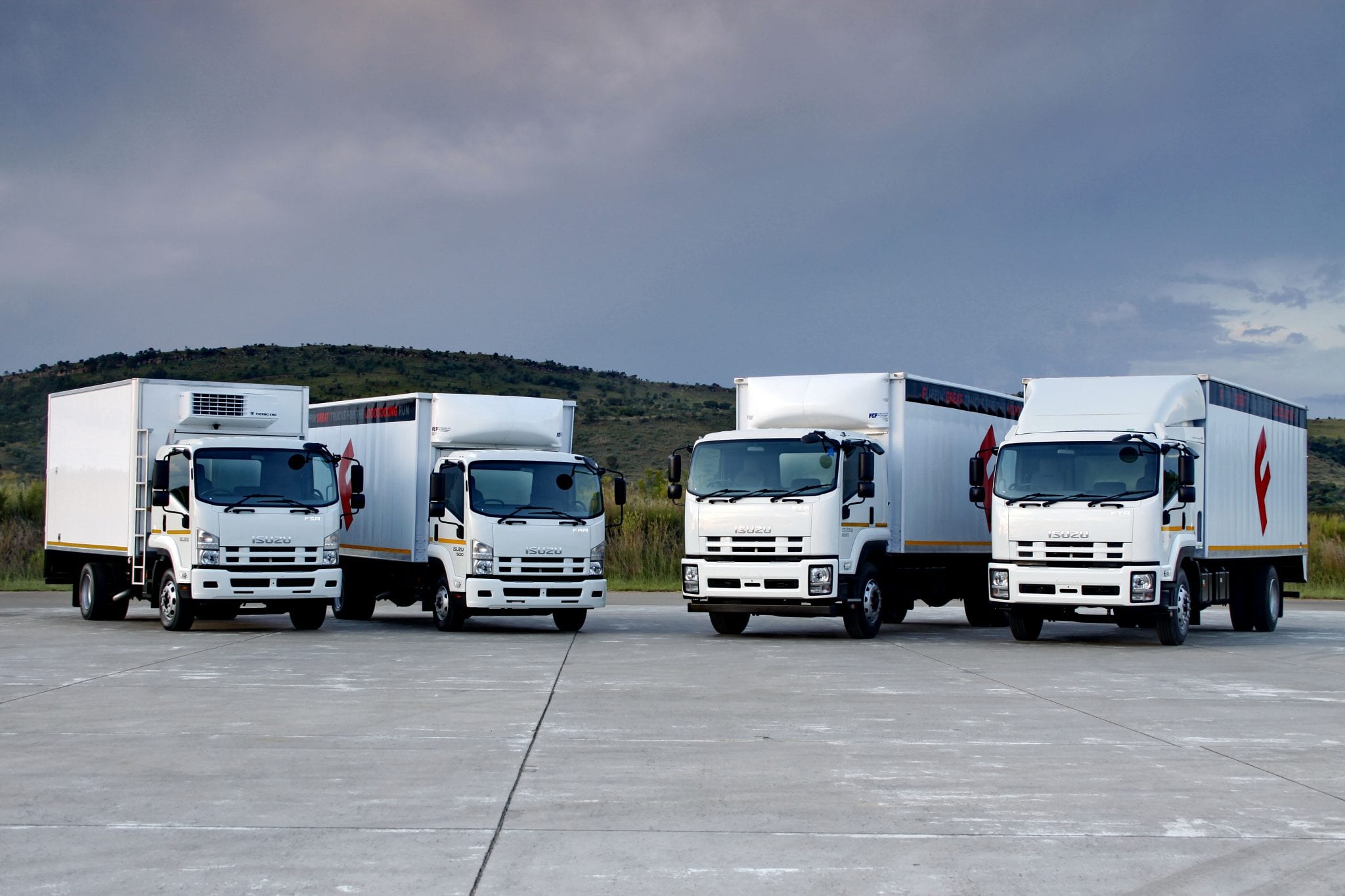Every economic activity, including transportation, has environmental and sustainability impacts. However, reducing those impacts is challenging, especially in areas where many existing infrastructures and vehicles have been in place for decades.
Changing these systems will require time and resources. To speed up the transition to sustainable transport, a range of demand-oriented strategies should be implemented, combined with supply-oriented measures such as full-cost pricing and taxes/fees (road pricing)..
Cars
Cars are important ยานพาหนะขนส่ง that provide people with access to different parts of a city. However, they also create problems such as air pollution and traffic congestion. As a result, many people are re-examining their car usage. In addition, car manufacturers are developing electric vehicles that use less gasoline and produce fewer harmful gases.
This type of sustainable transportation can help solve the problems that arise from urban transportation. It can reduce energy consumption, reduce carbon emissions, and improve the quality of life of the population. However, it is important to understand that it can take a long time for sustainable transport strategies to be fully implemented. This is because infrastructure and vehicles have a limited lifespan. Moreover, it is expensive to maintain them.
Buses
Buses are a vital part of urban transport systems, allowing people to commute safely and quickly. When used efficiently, buses have the potential to reduce congestion and make cities more liveable and attractive.
Bus services typically operate according to a published public transport timetable, but may also be flexible using Demand-Responsive Transport. This allows a more personalised service for passengers while reducing the number of empty seats, unnecessary Greenhouse Gases and operational costs from transit operators.
Various types of bus engines are available including hybrid electric buses, fuel cell buses, and ones powered by biodiesel or compressed natural gas. Additionally, there is interest in gyrobuses, which use a big flywheel to store kinetic energy and propel the bus. Other alternative forms of transport include electric scooters, which emit zero emissions.
Trains
Trains are a popular mode of public transportation in large cities, allowing commuters to bypass traffic. These trains are typically powered by electricity coursing through a unique third rail, and are usually built in underground tunnels in the center of cities or above ground in metro areas.
Sustainable transport is vital for economic and social development, connecting people to jobs, schools, and healthcare. However, the sector also produces emissions that contribute to air pollution and climate change.
A key component of achieving sustainability is decarbonizing transportation through energy efficiency and using domestic fuels. Individuals can help by switching from single-occupancy vehicles to transit alternatives that are more environmentally friendly. This simple switch can reduce a commuter’s annual carbon footprint by two tonne. This can be achieved through the use of Demand-Responsive Transport solutions, which provide flexible, on-demand service to users.
Bikes
The bicycle is a simple, affordable, and sustainable transportation option. It has been in use for over two centuries, and is a popular mode of transport around the world. The bike is an important part of multimodal transit networks, and can be a useful tool for improving air quality and traffic congestion.
E-bikes can be used to replace cars and public transit in short trips, reducing traffic congestion and emissions. They also provide a low-carbon alternative to traditional bikes, and can be easily charged using regular electrical outlets.
The best way to increase cycling is to create safe and convenient bikeways that are separate from motor vehicles. Additionally, cities should offer bike-share programs to encourage people to ride their bikes for short trips. These efforts can help to achieve the objectives of sustainability and equity.
Walking
Walking is a form of transportation that uses no fossil fuels and produces no air pollution. It is also an effective exercise that provides many health benefits. It is also a popular activity for charity fundraising. Other forms of walking include racewalking, beach walking, bushwalking and volksmarching. Some people walk using treadmills in their homes or at gyms, and others use pedometers to keep track of their daily steps.
Integrated land use planning makes it easier for people to walk and ride bikes by keeping homes, offices, schools and stores within walking distance of each other. This can reduce commute costs, lower air emissions and reduce traffic congestion and roadway stress for those who still drive cars. Eco-friendly commuting also helps to improve the health of the entire community.
